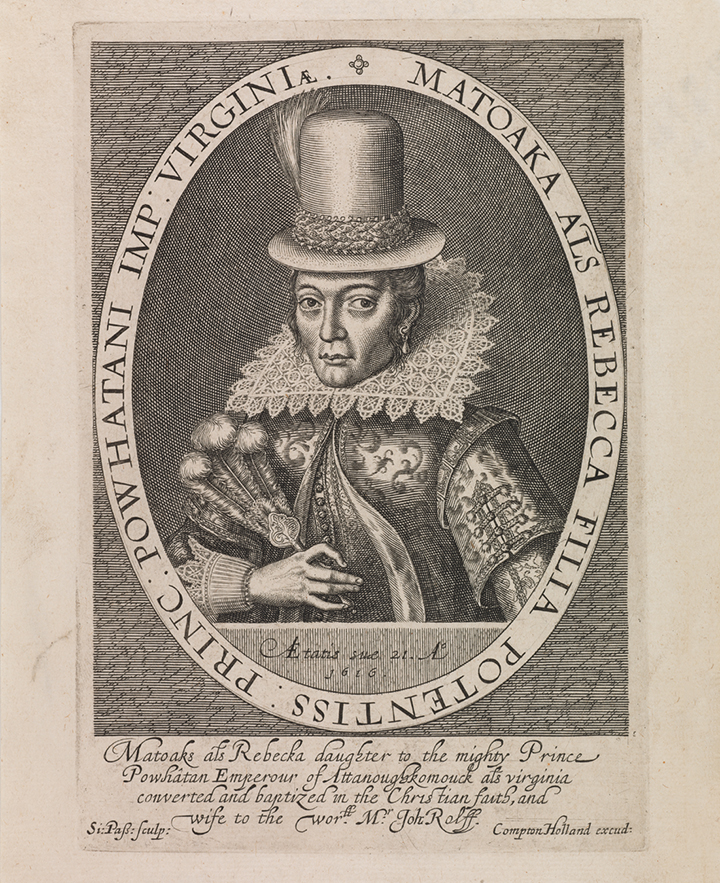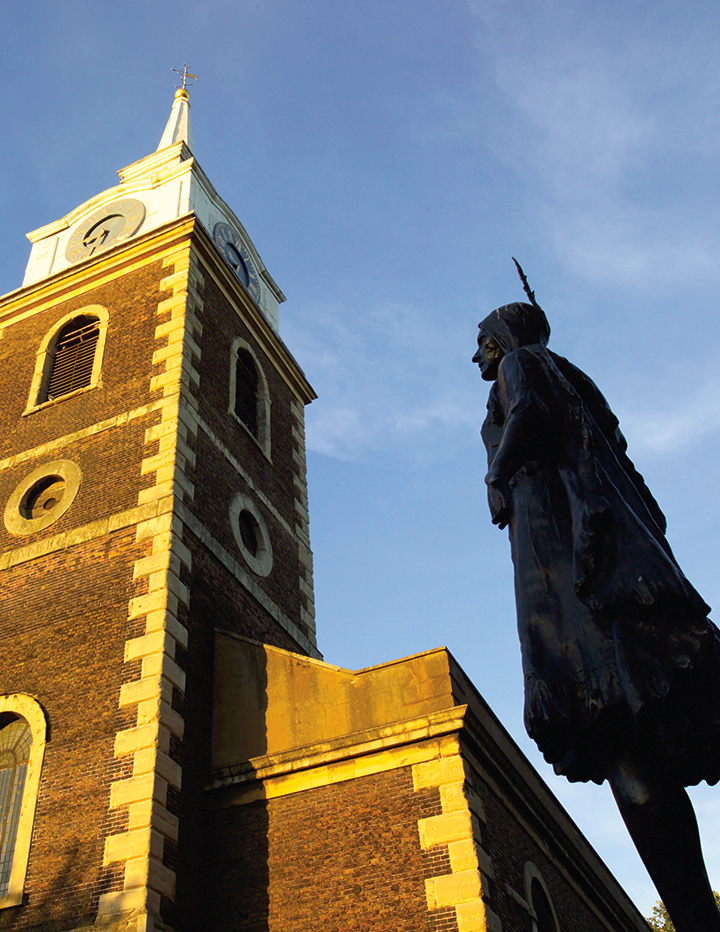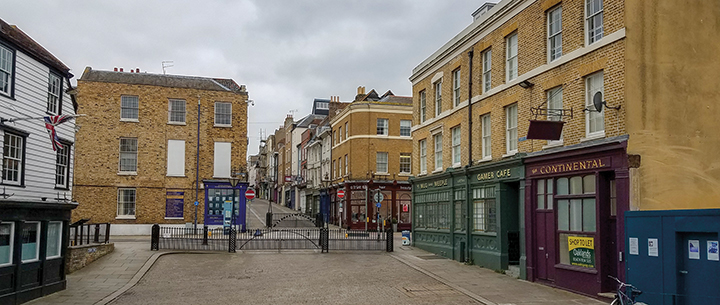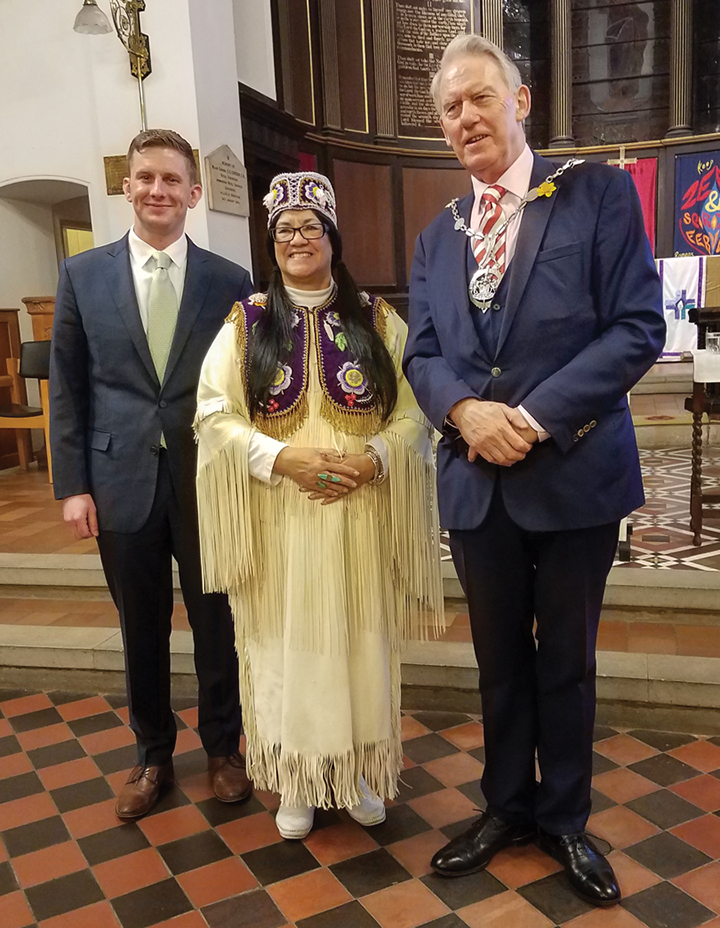Though it was certainly the longest journey of her life, and she was already exposed to English ways, nothing could have prepared Matoaka—better known as Pocahontas—for what she would experience when she landed in England in1616. It was more than an ocean that separated her lifestyle at home from that of London and its surrounding communities…it was a wholly different world. Pocahontas was shaped by her encounters with the English very early in her life, but more importantly, she proved to be unmatched as an influencer of English longevity in the colonies.
Whether the accounts of John Smith are believable or not, Pocahontas did, time and again, come to the aid of the settlers, and specifically, perhaps, John Smith. There was something powerful about Pocahontas’ relationship with the English. She was, by all accounts, a force for reconciliation and peace.
Well beyond her encounters with Captain Smith, she was a uniting presence between two cultures. In fact, it may have been duty to diplomacy and peacebuilding that ultimately led her to marry John Rolfe in April 1614. Once married, with child, and converted to Christianity, Pocahontas — now called Rebecca Rolfe (her Christian name) — was the ideal ambassador for the Virginia Company, the English backers of the Jamestown project. For the Virginia Company, she was a sign of their “progress” with the colony — a moral success story in lieu of their earlier hope for outright financial gain. As such, they sponsored a trip to bring her to England.




